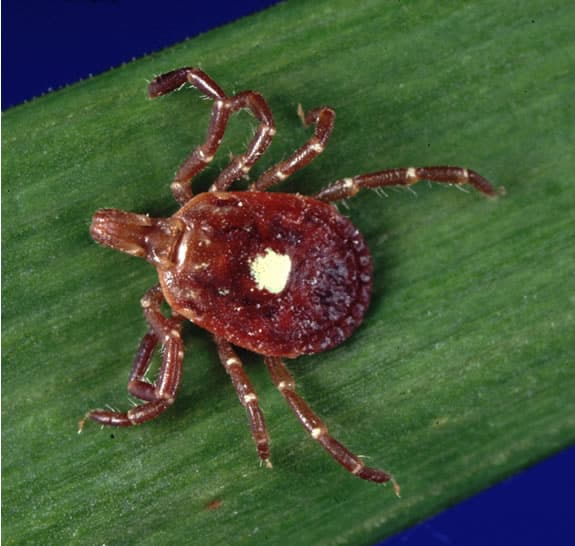There’s nothing as rejuvenating to the soul and spirit as time spent in the outdoors and it’s where I spend a great deal of my time. I’ve never been fond of television or sitting inside with conditioned air and limited views. I’d rather be outside in the shade of an old oak tree, especially if I’m afforded the chance to get in a little hunting. Which, is something I’ve been doing a lot of and one thing I’m noticing this year whilst I’m out and about in the forests, is a bumper crop of ticks.
The infestation isn’t local to our county as I’ve been all over the state in recent weeks and am finding ticks plentiful wherever I go. After a talk with a dermatologist buddy of mine, he offered some information that rushed me to the computer to further research just as soon as I got home. The number of people getting diseases transmitted by tick bites has more than tripled in the United States in recent years. Since 2004, at least nine such diseases have been discovered or newly introduced here.
The Centers for Disease Control and Prevention website has a lot of good information, but didn’t suggest that anybody should drop plans for softball games, hog hunts or hammock snoozes. Mostly, the officials emphasized that it’s increasingly important for everyone, especially children, to be protected from ticks with bug repellent. There are a few products like Permanone, especially marketed for ticks, while any repellent with high concentrations of DEET are strongly recommended.
New tick-borne diseases like Heartland virus are showing up now, while new cases of Lyme disease are on the rise. New reports of other tick related illnesses are on the rise all across the country with a new diagnosis being made weekly for anaplasmosis, babesiosis, Rocky Mountain spotted fever, rabbit fever, Powassan virus and other ills, some of them only recently discovered.
My friend, Doctor Robert Norman, of Tampa, said warm weather helps ticks breed and transmit disease faster. But after a certain point, the hotter and drier it gets, the more quickly the pests die. So, disease transmission to humans peaks somewhere between mildly warm and hellishly hot weather. He also pointed out that the increase in reports of spreading disease may have resulted partially from more testing. Lyme disease made family doctors begin to suspect tick bites in patients with fevers. Dermatologists like himself closer scrutinize rashes at the site of a bite. Laboratories began looking for different pathogens in blood samples, especially in patients who did not have Lyme and that led to the discovery of previously unknown diseases.
So, when you’re outdoors, whatever your reason, be aware. Check yourself for ticks during and after your outing, use copious amounts of repellent and if you do find that you’ve gotten a bite from a tick and note any irritation around the site, don’t wait and see what happens, get to your doctor and get checked out.
As always, if you have any feedback, suggestions or even just want to share a good hunting story, give me a shout at toby@hernandosun.com. God bless and good hunting!

